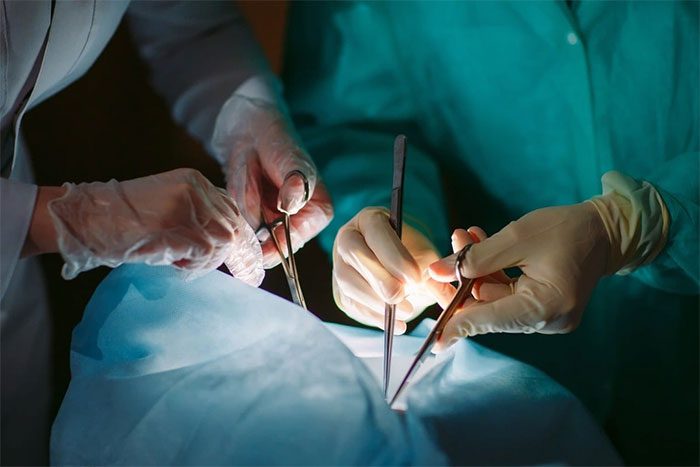Chinese scientists have successfully performed the world’s first gene-edited pig liver transplant into a human, a groundbreaking step that could help alleviate the organ shortage crisis.
According to SCMP, the pig liver was genetically modified to delete several genes related to proteins that cause organ rejection. It was subsequently transplanted into a brain-dead patient on March 10.
In a WeChat post on March 14 by the Air Force Medical University of China, the institution conducting the research, it was reported that the blood and bile from the transplanted liver were in “good” condition, and the patient showed no signs of organ rejection 96 hours after the surgery.

The Air Force Medical University of China announces the first gene-edited pig liver transplant into a human. (Illustrative image: SCMP).
The university stated that this is the “first in the world” transplant of a gene-edited pig liver into a human.
According to a study published in the Journal of Hepatology, liver diseases cause approximately 2 million deaths globally each year.
In China alone, an additional 500,000 patients face liver failure annually. The only treatment for liver failure is a liver transplant, and many patients have died while waiting for a suitable organ to be donated.
Xenotransplantation — the process of transplanting organs from one species to another — is viewed as a potential solution as it does not rely on human donor availability.
The university indicated that the gene-edited pig liver transplant “will benefit more patients with end-stage liver disease and could completely replace” human liver transplants.
However, the institution also acknowledged that the liver is a very complex organ in terms of structure and function, and pig livers “cannot fully replace human livers.”
In fact, in trials, animals that received xenotransplanted livers often had shorter survival times compared to those receiving hearts and kidneys from different species.
To address this issue, researchers and surgeons performed a supplementary transplant procedure, where a portion of the patient’s original organ was retained alongside the transplanted organ in the body.
The surgeons cut one of the major veins in the patient’s liver and attached the transplanted liver to one end of the vein after it was removed from the donor pig.
The research team claims to have pioneered this liver transplant method to ensure good blood flow and bile from the liver. They believe this method “will become a new option for the clinical application of xenotransplantation.”



















































